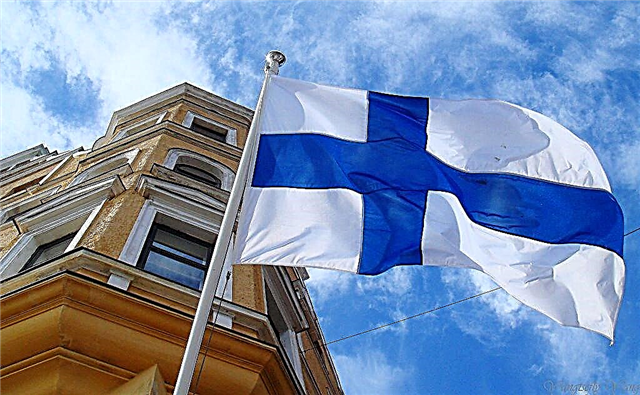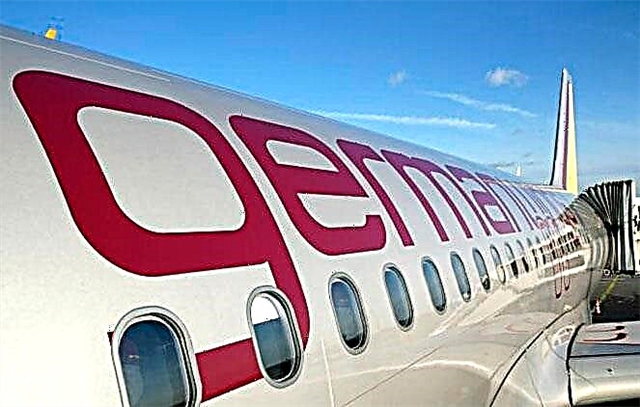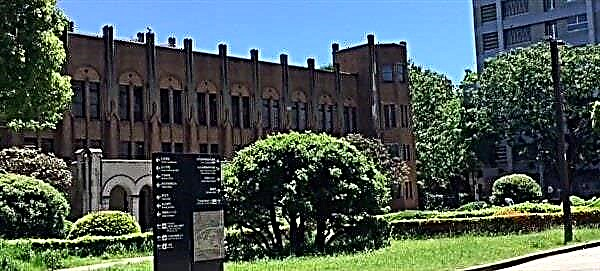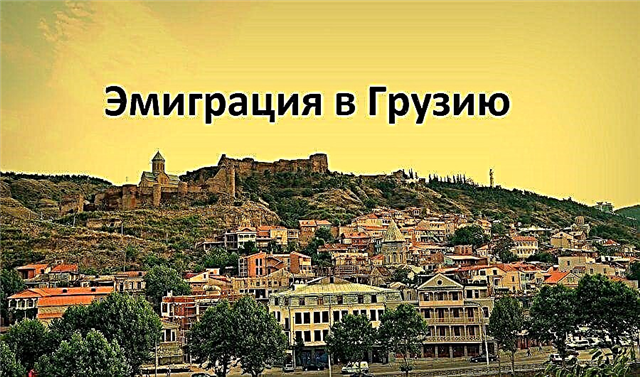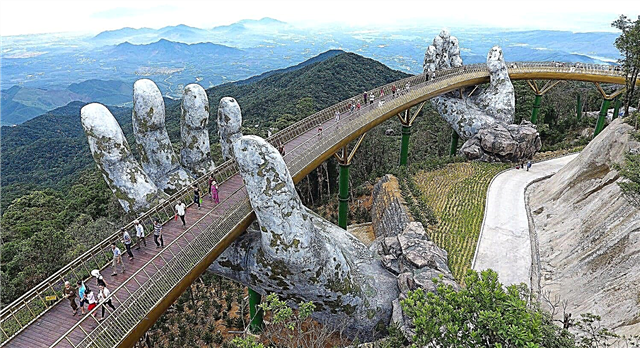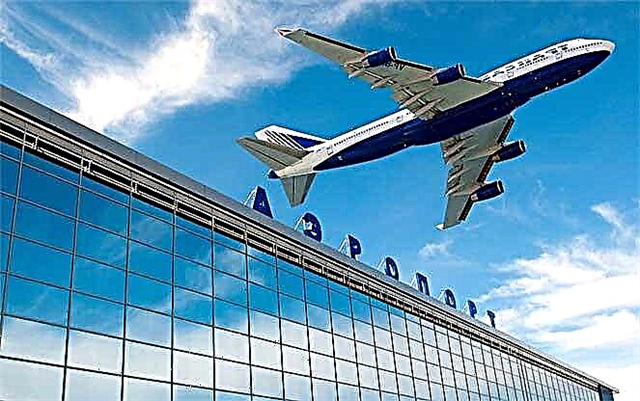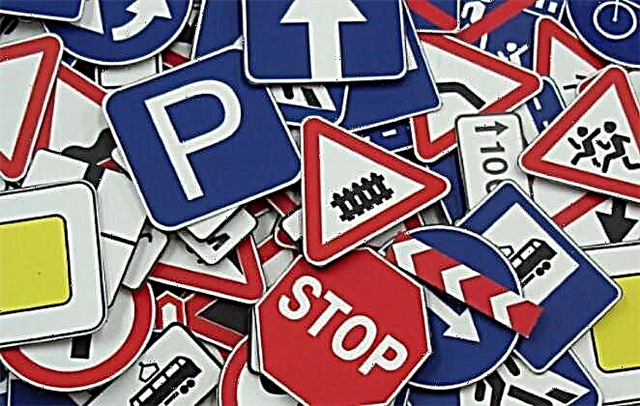The Czech Republic is popular with Russian tourists. It is quite possible to go to this country by car or rent a car upon arrival. However, you should know in advance the peculiarities of the road traffic in the Czech Republic. Basically, the same traffic rules apply in this country as in Russia. The differences relate to speed limits, parking, use of toll roads, safety requirements and fines.

Czech highways
Currently, the length of highways in the Czech Republic is more than 1200 km. They are divided into the following types:
- Highways designed for high-speed automobile communication between regional centers and other large cities. Most of them are paid.
- Second class roads connect separate regions of the Czech Republic.
- Third-class roads connect regional centers with other settlements.
- Municipal roads within cities and other settlements.
Prague is the main transport hub. The capital is connected with highways from all parts of the Czech Republic. Many of them are paid.
In order to use toll roads with a car weighing up to 3.5 tons, a special sticker must be glued to the windshield confirming the payment of the required fee. It is issued for a limited period.
The road marked Bez poplatku is free and you can drive on it without a sticker.
On vehicles weighing more than 3.5 tons, instead of a sticker, special devices must be installed to automatically pay for fares when entering a paid section. Motorcycles are allowed to ride free of charge on motorways.
Czech toll roads are marked in red on the road map below.

You should also pay attention to the lanes intended for public transport. They are marked on the asphalt BUS (for buses), TRAM (for trams) and TAXI (for taxis). The movement of private cars, trucks and motorcycles on them is prohibited on Monday-Friday from 09.00 to 18.00 hours.
You should also not ride on cyclist lanes. Parking on them is also prohibited.
Czech vignette
The sticker on the windshield that confirms the fare is called a vignette. You won't have to think long about where to buy a Czech vignette. It can be purchased at the border when entering the territory of the Czech Republic, as well as at the post office or gas station.
If you intend to rent a car upon arrival in the country, the vignette will most likely already be glued to the glass. In any case, this point should be clarified with the representative of the rental company.
The fine for driving on toll roads without a vignette is 5000 CZK (about 200 euros). In the event of a court order, the amount increases to 50,000 kroons.
On sale you can find three types of vignettes, which differ in shape and color, and also have letter designations:
- D for 10 days - 310 CZK;
- M for a month - 440 CZK;
- R for a year - 1500 CZK.

It is not difficult to buy a sticker, but it is also important to know where to glue the vignette. Most of the sticker must be attached to the windshield on the inside right side, after having entered the license plate of the car into it. In this case, the driver's vision must not be impaired. The smaller part should be carried with you and presented at the request of the traffic police.
Traffic rules on the roads of the Czech Republic
While abroad, you should definitely find out the features of the traffic rules in the host country. It is better to give up domestic habits - if in Russia after some violations it is possible to avoid punishment, on Czech roads it is quite possible to get a fine for similar actions.
Speed mode
The following speed limits apply to cars and motorcycles on Czech roads:
- motorways within settlements - 80 km / h;
- motorways outside settlements - 130 km / h;
- roads outside settlements - 90 km / h;
- inside settlements - 50 km / h.
If you have a trailer, you are allowed to drive around the settlement at a speed of 50 km / h, and on all other roads - no more than 80 km / h.
The 50 m section of the track to the railway crossing must be driven at a speed of no more than 30 km / h.
When using snow chains and bracelets, the maximum speed limit is 50 km / h.
Fines for non-compliance with traffic rules
The amount of the fine for non-compliance with the speed limit depends on the type of road on which the violation was recorded.
| Over speed | In the village (amount of the fine in CZK) | Outside the village (amount of the fine in kroons) |
|---|---|---|
| Up to 19 km / h | 1000 | 1000 |
| 20-29 km / h | 2500–5000 | 1000 |
| 30–39 km / h | 2500 | 2500 |
| 40-49 km / h | 5000–10000 | 2500 |
| 50 and more km / h | 5000–10000 | 5000-10000 |
In Russia, a fine is not provided for speeding by no more than 20 km / h, but in the Czech Republic the situation is different. When fixing the speed of movement of a vehicle (vehicle) by automatic hardware, only the error is taken into account here:
- speed up to 100 km / h - 3 km / h;
- speed over 100 km / h - 3%.
Thus, if you are driving in a locality at a speed of 54 km / h, be prepared to pay a fine.
In addition, in the Czech Republic, you will not see police officers with hand-held radars along the road. The local police have cars without identification marks, but with hidden radars and cameras that discreetly measure the speed of passing vehicles. Fixed cameras are installed on all roads in the country and are marked with special signs with the inscription Mereni rychlosty.
It is also important to ask how to pay the fine if necessary.
If the amount does not exceed 5000 kroons, the money can be given to the police officer who will issue a receipt. In the event of a larger fine, you will have to appear in court. In addition, the police officer will withdraw the driver's license pending the investigation of the case.
If you are in the Czech Republic on a Schengen visa, the fines must be paid prior to departure. Otherwise, there will be problems at the border, as well as with obtaining a visa in the future.
Drunk driving punishment
Before traveling to European countries, our compatriots sometimes ask how much per thousand is allowed while driving. In France you can still afford some wine, but in the Czech Republic driving under the influence of alcohol is prohibited:
- If the level of alcohol in the body is up to 0.3 ppm, a fine of 2500–20,000 kroons will follow and the deprivation of rights for 6–12 months.
- If the examination shows more than 0.3 ppm, the penalty amount will not change, but the driver will receive an additional 7 penalty points.
- For refusal to take an alcohol test, you face a fine of up to 50,000 kroons and deprivation of your license for 1–2 years.
Dipped headlights
When driving a car, the dipped headlights must be on at all times. Fog lights may only be used in foggy conditions.
When stopping in front of level crossings, it is allowed to leave only the side lights on. For violation, a fine of 2000 kroons is issued.
Transportation of children
It is forbidden to transport children under 12 years of age in the front seat of the car, as well as those with a height of up to 150 cm. In this case, the use of child restraints is mandatory. If the rule is not followed, the penalty will be 2000 kroons.
Using mobile phones while driving
On Czech roads, while driving a vehicle, it is forbidden to talk on a mobile phone and write messages. Telephone communication is possible only with a headset. Violation of this requirement is subject to a fine of 1000-2500 kroons.
Tinted glass
On all cars in the Czech Republic, the light transmission of the windshield must be at least 70%, and that of the side ones - 75%.The throughput of the rear windows is not regulated by the rules. For excessive tinting, a complete ban on the operation of the machine is provided until the violation is eliminated.

A set of mandatory equipment in the car
When traveling in the Czech Republic, the car must have:
- First aid kit.
- Fire extinguisher.
- Warning triangle. When using a trailer, there should be two.
- Reflective vest. When leaving the car on the highway at any time of the day, the driver must be in it. The vest must not be carried in the trunk, but in the glove compartment.
- Spare wheel, jack and wheel wrench. Instead of a spare wheel, it is allowed to use a stowaway. In the absence of a spare wheel and a stowaway, it is necessary to have a set of tools and materials for tire repair.
- A set of spare bulbs for car headlights.
- A set of spare fuses.
For the absence of at least one of the listed items, police officers issue a fine in the amount of 1000-2000 kroons.
Czech gas stations
There are quite a few petrol stations along Czech roads. They are all marked on navigator maps. Here you can not only refuel, but also use a car wash or shop.
The difference in prices is in the range of 2-3%. The cheapest gas stations are located next to supermarkets, which allows them to attract more customers. The local population prefers to combine going to the store and refueling the car.
In Prague and other large cities, fuel is cheaper than in smaller towns.
In the fall of 2021, 95 gasoline at Czech gas stations cost 33.29 kroons (about 1.29 euros), and diesel - 33.05 kroons (about 1.28 euros). Consider how much diesel fuel costs in rubles today. At the rate of the Central Bank of the Russian Federation, the European currency in October 2021 cost 76 rubles. Consequently, you will have to pay about 96 rubles for diesel fuel, and a little more for 95 gasoline.
At local gas stations, you will not find 92nd gasoline, only 95th and higher. Fuel in the EU countries is more than twice as expensive as in Russia. Gasoline prices in 2021 are likely to be even higher.
Unlike Russian gas stations, where prepayment is provided, in the Czech Republic everything is the other way around. First, you need to put the gun in the neck of the tank, fill in the required amount of fuel, and then pay. In this case, you will have to monitor the amount of fuel poured in or the amount payable on the gas station display.
Parking places
Due to the narrow streets in the cities of the Czech Republic, the rules for parking cars in this country are difficult. You can't leave your car anywhere here. If your car is blocking the path or standing on the sidewalk, someone will puncture your tires or break your windshield wipers. Parking spaces are indicated by special road signs.
Tourists are better off choosing paid parking lots, where there are always free places to save time and avoid problems.
If you just violated the parking rules, the police will install wheel locks and issue a fine. A car parked on the sidewalk or blocking the passage is taken away by a tow truck. They work here promptly and arrive within 5-10 minutes.
How to act in the event of an accident
If you are involved in an accident on the territory of the Czech Republic, you must immediately brake and put up an emergency stop sign: at a distance of 100 m on the motorway or 50 m on any other road. The driver must wear a reflective vest.

In the presence of victims, call the single emergency number 112 or 155 (ambulance).
If the amount of damage is no more than 100,000 kroons, you can fill out the Euro protocol and solve the problem yourself. The traffic police must be called if:
- there are injured or dead;
- the amount of damage exceeds 100,000 kroons;
- except for the cars of the road traffic accident participants, the property of third parties was damaged - buildings, fences, road infrastructure or parked cars;
- none of the participants admits their guilt or one of them fled the scene;
- one of the participants refuses to provide his / her ID;
- damage to the environment (penetration of technical fluids and fuel into soil and water).
If a rented car is injured in an accident, you must immediately call the rental company and follow the instructions of the company employee.
Conclusions
The Czech Republic is very close to Russia, Belarus and Ukraine, so it is very convenient to go there by car. At the same time, knowledge and strict adherence to the traffic rules of this country will save you from troubles and unnecessary expenses during your vacation.

